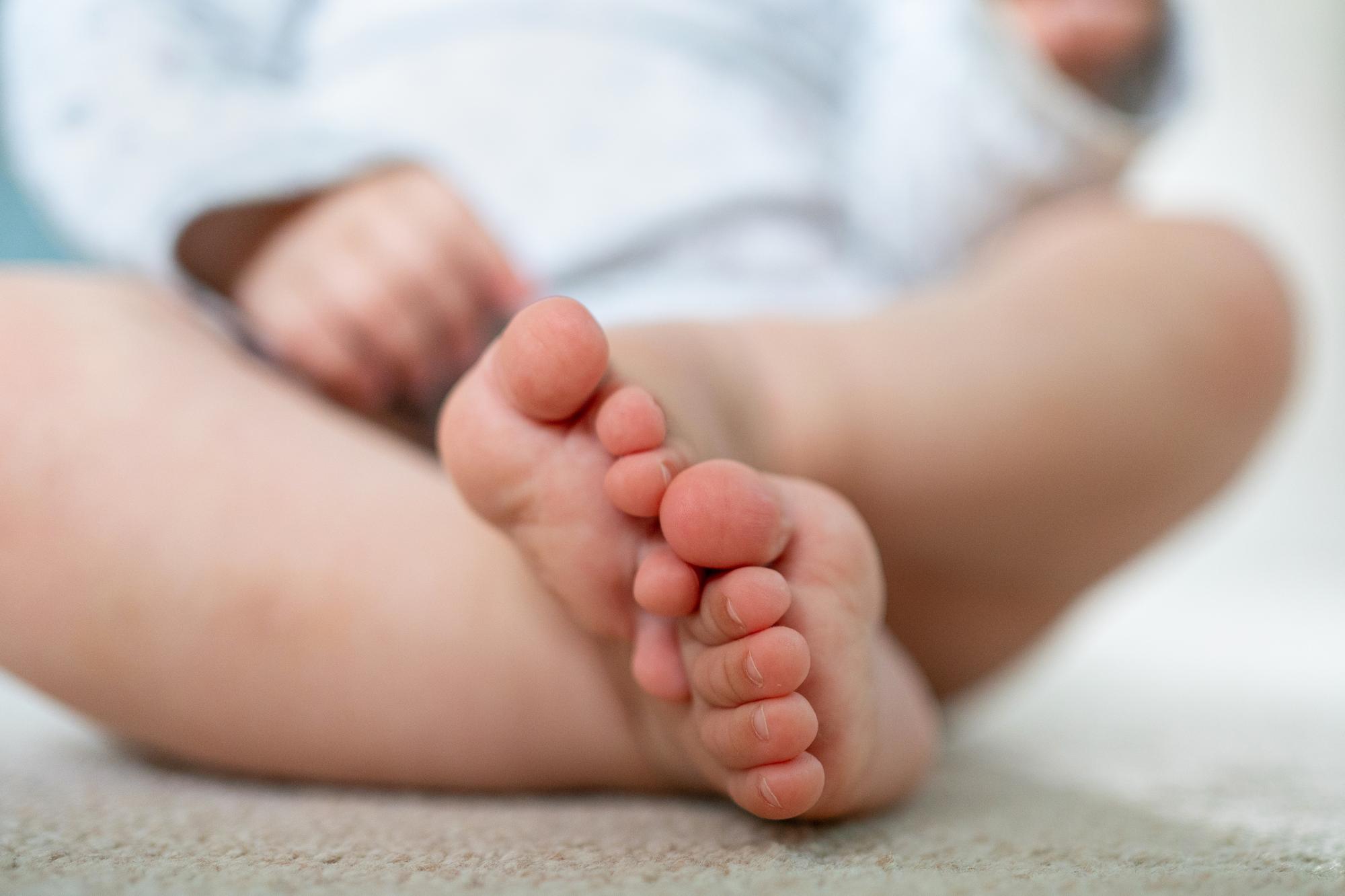Rise in Live Births in England and Wales
Following a period of declining fertility rates, recent data from the Office for National Statistics (ONS) reveals a slight increase in live births across England and Wales. This marks the first rise since 2021, offering a small but significant shift in a trend that has been largely downward over the past few years.
In 2024, England recorded 567,708 live births, representing a 0.7% increase compared to the 563,561 registered in 2023. While this is a positive development, it is important to note that overall birth numbers remain historically low. The year 2024 was the third lowest total since records began in 1977, highlighting the ongoing challenges faced by the population.
However, not all regions experienced this upward trend. In the East Riding of Yorkshire, live births decreased by 2.5%, dropping from 2,591 in 2023 to 2,527 in 2024. This contrast with the national figures underscores the varying demographic patterns across different parts of the country.
Wales, on the other hand, saw a continued decline in live births. The country recorded 26,832 live births in 2024, a 2% decrease from the previous year. Despite this, the combined total for England and Wales showed a 0.6% increase, indicating some level of recovery in the broader region.
Trends in Maternal Age and Family Structures
Greg Ceely, head of population health monitoring at the ONS, noted that while the overall number of births increased, certain trends persisted. He highlighted that the number of births to mothers under 30 fell, as more individuals are delaying childbirth. This reflects a broader societal shift towards having children later in life.
The most significant drop was observed among mothers under 20 years old, with a nearly 5% decline in births. In contrast, the largest growth was seen among mothers aged 35-39. This suggests that women are increasingly choosing to have children at an older age, which may be influenced by factors such as career aspirations, financial stability, and personal choice.
Another long-standing trend continues to be the proportion of births occurring within marriage or civil partnerships. Approximately half of all live births in England and Wales took place within these formal relationships. In the East Riding of Yorkshire, 45.4% of births were registered within marriage or civil partnership, reflecting similar patterns observed elsewhere.
Increasing Diversity in Parental Backgrounds
The data also highlights a growing diversity in the backgrounds of parents. Across England and Wales, 39.5% of live births had at least one parent born outside the UK, a rise from 37.3% in 2023 and 32.5% in 2014. This trend indicates a continued shift in the demographic composition of families, driven by immigration and changing social dynamics.
In the East Riding of Yorkshire, 13.5% of births involved parents who were either born outside the UK or had at least one non-UK-born parent. This figure, while lower than the national average, still reflects an increasing presence of international families in the area.
Broader Implications and Future Outlook
The slight increase in live births comes amid concerns about the long-term implications of declining fertility rates. Officials have raised alarms about the potential economic and social consequences of a shrinking population, including pressures on public services and the workforce.
While the 2024 data offers a glimmer of hope, it remains to be seen whether this trend will continue or if further declines are on the horizon. Understanding the factors influencing family planning and addressing the underlying reasons for delayed childbearing will be crucial in shaping future policies and support systems for families.






